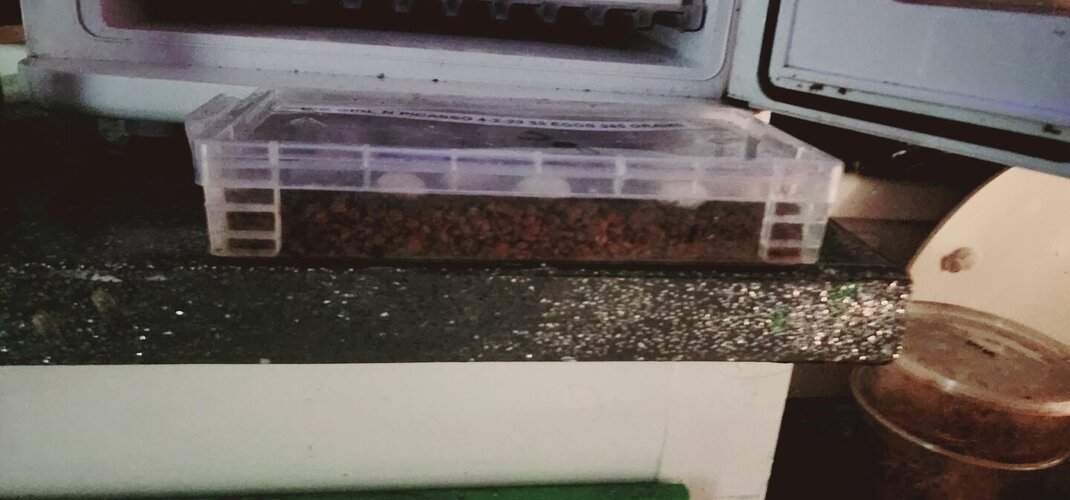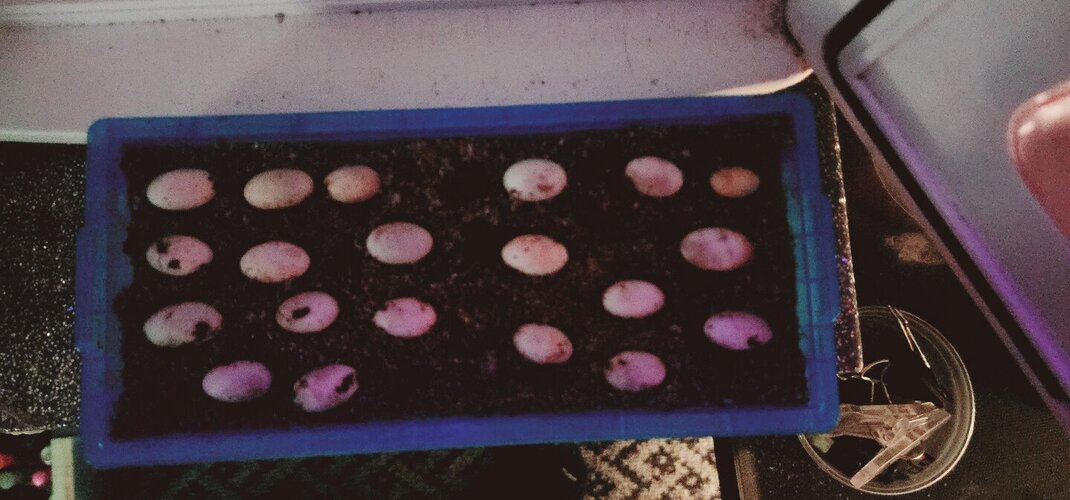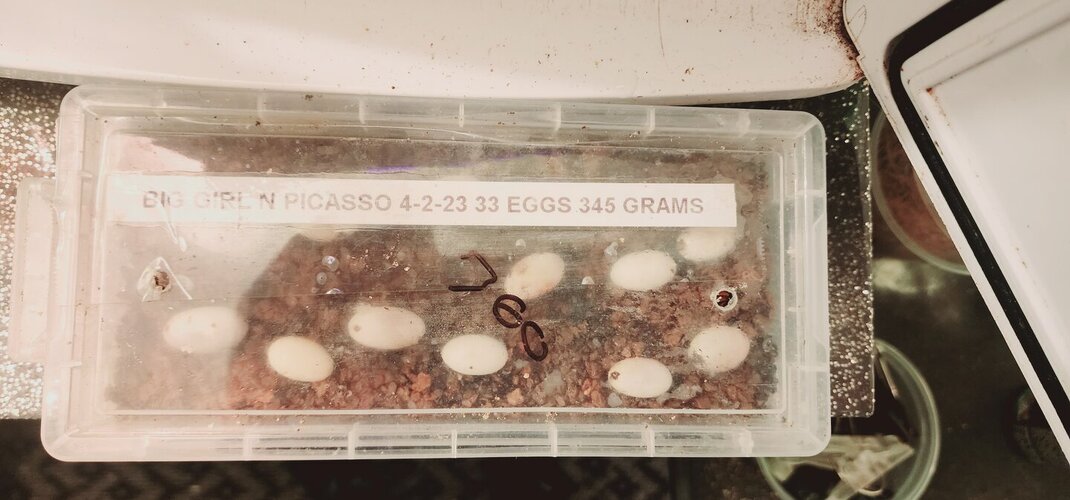SueAndHerZoo
Established Member
I put my male and female chameleons together on October 10 and I believe there was successful mating. For a few days now the female has been digging test holes in several different places so I've stayed away but once when I got close she hissed, which she has NEVER done. I set up a camera and left the room. She went back down and was digging for hours, and before bed (lights all out) I peeked in and she was STILL down in the dirt, butt first. This morning she is up under her heat lamp and readily accepted food.
My question is: how do I know if she laid eggs or not? If she didn't yet I don't want to go disturbing her work, but if she did I'd like to retrieve the eggs. The hole that she was in last night after dark is completely filled in today. Do I go gently digging around?
Sue
My question is: how do I know if she laid eggs or not? If she didn't yet I don't want to go disturbing her work, but if she did I'd like to retrieve the eggs. The hole that she was in last night after dark is completely filled in today. Do I go gently digging around?
Sue








